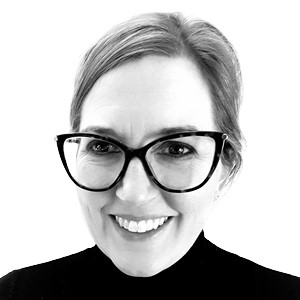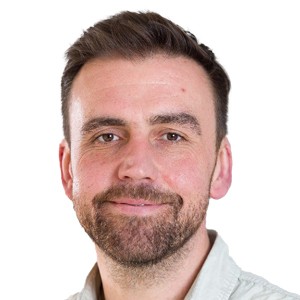Chief People Officers (CPOs) must go far beyond traditional HR roles. They’re expected to build resilient cultures, support executive teams and help shape the systems and skills that drive transformation over time. It’s a mandate that requires commercial acumen, strong communication and the ability to align people strategy directly with business outcomes.
At Criticaleye’s 2025 CPO Forum, held in Partnership with
Reward Gateway | Edenred, the discussion centred on how people leaders can deliver transformation at pace. With technology accelerating change and Boards demanding ever more agility, the spotlight is firmly on CPOs to lead cultural alignment, embed new ways of working and ensure organisations are prepared for the future.
“CPOs really need to understand the business before they can put a people strategy into place, because the people strategy should help enable the business strategy. It can't happen in isolation and it's the same for transformation,” said
Richard Williams, former CPO of Western Union and Board Mentor at Criticaleye. “Really understanding the broader business is important, because that’s going to come back and influence the people strategy and the systems you have in place to support the transformation.”
That close connection between business and people strategy also places greater responsibility on leaders during periods of change. “Transformation isn’t just about strategy or process — it’s a human journey,” said
Jamie Wilson, Managing Director, Group Services at Criticaleye. “CPOs play a pivotal role in coaching leaders to adapt, to navigate ambiguity and to bring their people with them.”
That human element and how leaders engage is what ultimately defines the success of a transformation. “At the point of change and significant transformation in businesses, leaders have to show up in a way that puts their people first because no transformation is going to be successful without the people in the organisation feeling like they're part of it and feeling engaged,” said
Nebel Crowhurst, fractional CPO with Reward Gateway | Edenred at the Forum.
The way these changes are communicated is vital. “If we don't communicate effectively with people what the plan is, the vision, the general sense of direction, the why, the ambition, the reasons for the transformation, then people make up their own stories,” explained Nebel.
“For me, it’s the leadership behaviours and how they show up that sets the tone. And then it’s how they communicate... in a way that keeps people at the heart of it, that’s paramount.”
Ed Airey, CPO at electric vehicle charging company, Pod, highlighted the shift in expectations around leadership teams. “It’s very important when going through a transformation journey that it’s the whole leadership team — not just certain roles,” he said.
“They need to stand up, show a united voice and deliver consistent messages... Getting that top level of leadership right. Without it, you just won’t have a successful transformation.”
For CPOs, performance and productivity remain a priority, as does culture. “The crucial thing for me is not to be too obsessed with the end measure. Instead, be obsessed with the things that drive it,” Ed explained. “If someone’s turning up to work without dread in their stomach, with some happiness and optimism — that matters. If you’ve made their life easier with the right systems, processes and structures in place, if you’ve built a positive culture where people are respected and if you’ve got the right incentives, motivation and recognition mechanisms, all of that drives productivity and performance.”
View from the Boardroom
As transformation scales, Boards are expecting CPOs to take the lead on culture, talent and leadership capability. “From a Board perspective, the RemCo chair used to just mean compensation — particularly for the CEO and CFO,” said
Devyani Vaishampayan, Non-executive Director at NHS Supply Chain and Criticaleye Board Mentor. “Today, I think the role of the RemCo Chair is much broader. It’s not just about culture; it’s about talent, performance, productivity, managing change and making sure there are the right organisation processes to embed this. I can see this shift happening in a big way.”
This broader remit means using tools more effectively. “One thing I didn’t have when I was a CHRO… is data and analytics,” she said. “It really makes a difference. Data helps you focus on the right things, monitor if change is happening, do course correction swiftly and gain credibility with the business. So, use the power of data, analytics and AI as much as you can.”
Above all, CPOs must look beyond the tactical and deliver long-term value. “What Boards are looking for from CPOs is the ability to build the right capabilities in the organisation — whether that’s skills or leadership, added Devyani. “Yes, that includes performance and productivity, but it also requires a good understanding of longer-term shifts.”
When people, strategy, leadership behaviour and business performance align, the result is a transformation that lasts. Jamie added: “The organisations that will thrive are the ones that build transformation capability from the inside. That means investing in learning, encouraging experimentation and helping leaders grow.”
Success depends on more than vision — it requires influence, cohesion at the top and relentless communication throughout the organisation. As expectations rise, those who lead with clarity and purpose will define the future of work.



